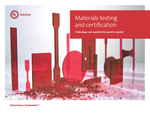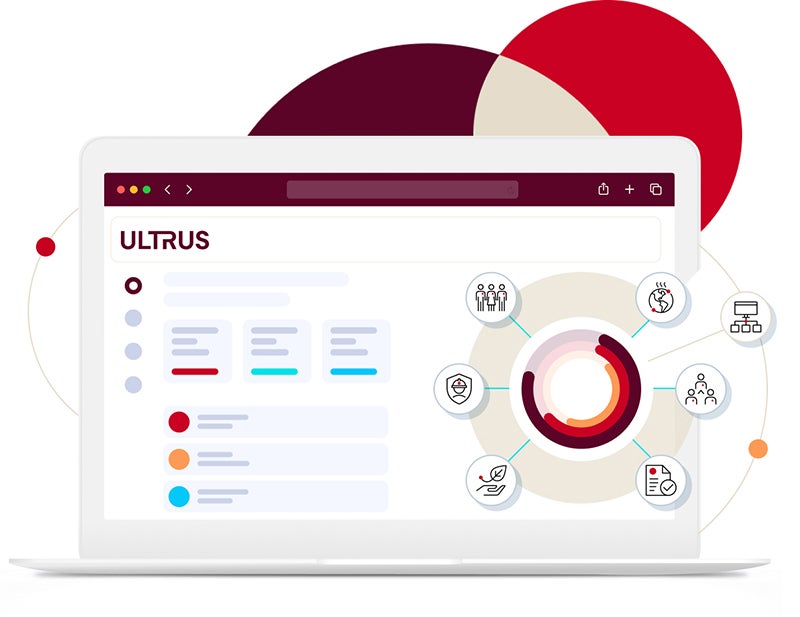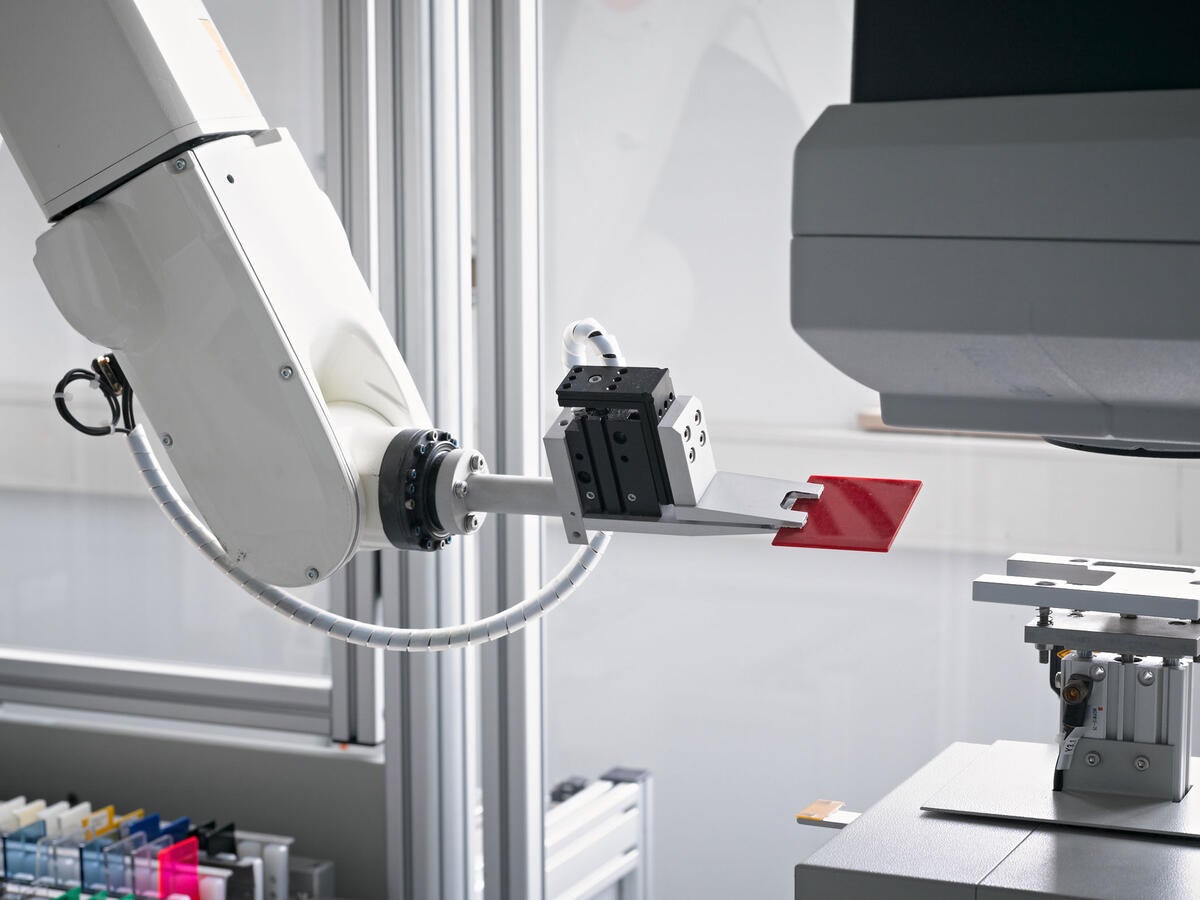
UL Materials Testing and Certification (English)
As a global safety science leader, UL Solutions helps companies to demonstrate safety, enhance sustainability, strengthen security, deliver quality, manage risk and achieve regulatory compliance.
See how we put safety science to work to help create a safer, more secure and sustainable world for you.
Explore our business intelligence-building digital tools and databases, search for help, review our business information, or share your concerns and questions.
A secure, online source for increased visibility into your UL Solutions project files, product information, documents, samples and services.
Access UL certification data on products, components and systems, identify alternatives and view guide information with Product iQ.

ULTRUS™ helps companies work smarter and win more with powerful software to manage regulatory, supply chain and sustainability challenges.
UL Solutions' plastics testing laboratories can carry out the following chemical resistance tests for you.

This method is used to investigate the chemical resistance of plastics in a bent strip test and assess environmental stress cracking (ESC).
The resistance of a plastic to stress cracking is determined by clamping test specimens across steel templates and placing them in contact with media. There are significant differences with regard to the mechanical properties after storing the plastics in air and under the influence of chemical agents.
The indicator property to be tested and the medium used are determined by the customer who commissions the test. Impact testing based on ISO 179/1fU is normally used as an indicator for the influence of a particular medium on the mechanical properties of plastics. Flat test specimens measuring 80 mm x 10 mm x 4 mm are the standard specimen type employed for these tests. The specimens are subsequently clamped across steel templates of different radii. Due to the variations in radius, different outer fibre strain values (between 0% and 2% in increments of 0.2%) are produced in the clamped test specimens. The specimens remain clamped for seven days prior to carrying out an impact test in accordance with ISO 179/1fU.
Standards for ESC and bent strip test
DIN EN ISO 22088-3, EN ISO 4599, DIN 53449-3, or equivalent standards
|
Test methods |
Standards |
|---|---|
| Internal stresses | PC ATI 104/86 |
| Petrol test (isooctane/toluene) | |
| Fuel resistance | DIN 51604-1 DBL 5416 |
| Media aging, no load | DIN 53521 ISO 175 |

UL Materials Testing and Certification (English)
Thanks for your interest in our products and services. Let's collect some information so we can connect you with the right person.
We'll review your message carefully and get back to you as quickly as possible. To help ensure that you receive our reply, please add our domain @insights.ul.com to your list of approved contacts.